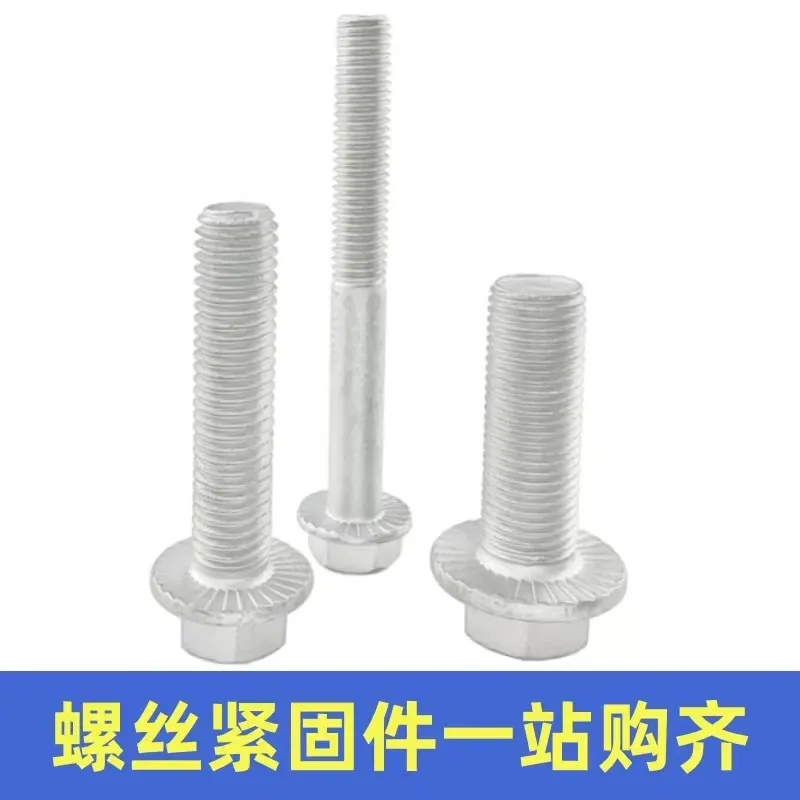

automotive clips and fasteners
Nov . 26, 2024 08:53 Back to list
automotive clips and fasteners
Understanding Automotive Clips and Fasteners Essential Components for Vehicle Assembly
Automotive clips and fasteners play a vital role in the assembly and maintenance of vehicles. While they may often go unnoticed, these small components are crucial for ensuring the structural integrity, safety, and performance of cars and trucks. In this article, we will explore the various types of automotive clips and fasteners, their applications, and the reasons they are indispensable in modern vehicle manufacturing.
The Importance of Clips and Fasteners
Clips and fasteners serve several essential functions in automotive design. They are primarily used to hold components together, secure interior and exterior panels, and facilitate the assembly process. By providing a reliable means to fasten parts, they contribute significantly to the overall durability and reliability of the vehicle. For instance, clips are often used to attach trim pieces, while fasteners are employed to securely hold engine components and chassis parts.
Types of Automotive Clips
1. Retention Clips These clips are designed to secure parts without the need for additional tools. They are widely used in automotive interiors to hold fixtures like door panels and armrests. Retention clips are beneficial because they can be easily installed and removed, making repair and part replacement efficient.
2. Push-In Clips These clips, which are also known as snap clips, are popular in applications where space is limited. Push-in clips can quickly be inserted into designated holes, providing a strong yet removable bond. They are commonly found in areas such as fender liners and underbody panels.
3. Self-Locking Clips As the name suggests, these clips lock into place once they are installed, providing a secure fit. They are often used in applications where vibration and movement are concerns, ensuring that components do not come loose over time.
4. Hinged Clips These clips allow for a swinging or hinged action, making them perfect for applications that require access to the inside of a panel or cover. Hinged clips are often seen in compartments like glove boxes or access doors.
automotive clips and fasteners

Types of Automotive Fasteners
Fasteners, such as screws, bolts, and nuts, provide robust connections between heavier components. Here are some common types
1. Bolts and Nuts These are perhaps the most recognizable fasteners in automotive applications. Bolts come in various lengths and diameters, while nuts provide the necessary grip to secure the bolt in place. They are crucial in engine assembly, suspension systems, and frame construction.
2. Screws Whether self-tapping or machine screws, these fasteners are widely used for securing panels, components, and interiors. They come in various sizes and materials, adapted for specific applications to withstand thermal and mechanical stress.
3. Rivets Rivets are a permanent fastening solution that is often used in structural applications like body panels. When a rivet is installed, it creates a bond that cannot be undone without damaging the parts. This makes them particularly useful in applications where welding is not feasible.
4. Washers Often used in conjunction with bolts and screws, washers serve to distribute the load of the fastener while preventing damage to the component underneath. They also reduce friction and prevent loosening due to vibration.
Conclusion
Automotive clips and fasteners may seem like minor components, but their impact on vehicle assembly and performance is substantial. Understanding the different types and applications of these fasteners can help automotive professionals and enthusiasts alike appreciate the intricacies of vehicle manufacturing. As automotive technology continues to evolve, so too will the innovations in clips and fasteners, ensuring that vehicles remain safe, reliable, and efficient for years to come. Whether you are a manufacturer or simply interested in car maintenance, recognizing the importance of these components is essential for anyone involved in the automotive industry.
Latest news
-
High-Strength Hot Dip Galvanized Bolts - Hebei Longze | Corrosion Resistance, Customization
NewsJul.30,2025
-
Hot Dip Galvanized Bolts-Hebei Longze|Corrosion Resistance&High Strength
NewsJul.30,2025
-
High-Strength Hot-Dip Galvanized Bolts-Hebei Longze|Corrosion Resistance&High Strength
NewsJul.30,2025
-
Hot Dip Galvanized Bolts-Hebei Longze|Corrosion Resistance&High Strength
NewsJul.30,2025
-
Hot Dip Galvanized Bolts - Hebei Longze | Corrosion Resistance, High Strength
NewsJul.30,2025
-
High-Strength Hot Dip Galvanized Bolts-Hebei Longze|Corrosion Resistance, Grade 8.8
NewsJul.30,2025

